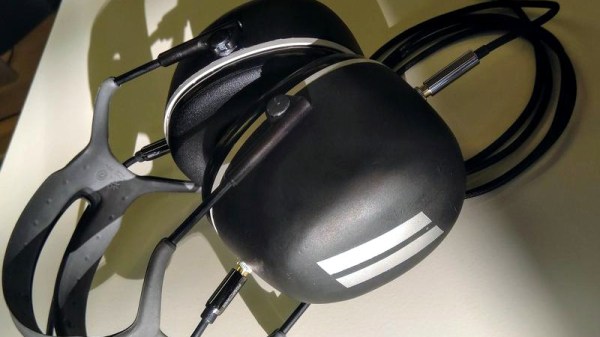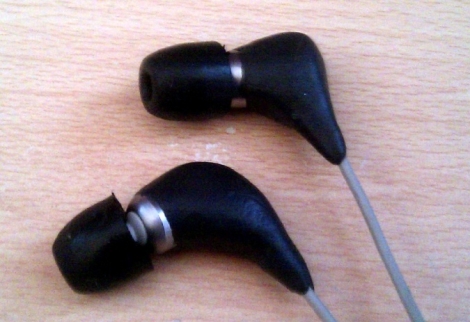Wireless earbuds are notoriously tiny. Want to see inside? [MCH170] did and published a Soundcore Space A40 Teardown.
In this teardown, you’ll see inside the charging case and one of the earbuds. Starting with the case, removing the back cover revealed the charging coil and a few screws holding the PCB in place. Removing the screws allows for removing the coil. The main PCB and the magnets that hold the earbuds in place are then visible. The microcontroller is an SS881Q from Sinhmicro. The back side of the main circuit board has a handful of SMD components, including some status LEDs. The battery is a 13450 with a nominal voltage of 3.72V and a capacity of 800mAh or 2.967Wh.
Continue reading “Anker Soundcore Space A40 Earbuds Teardown”













